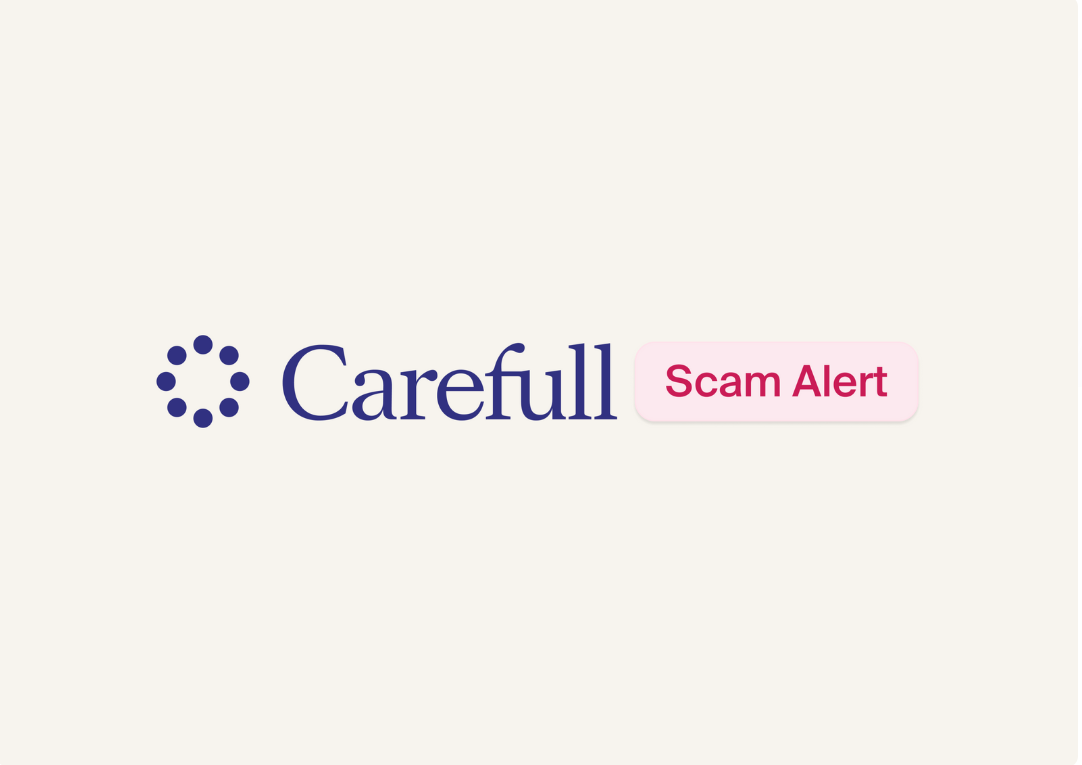What Is Debit Card Fraud?

Debit card fraud happens when someone uses your debit card or debit card information without your permission. It can include unauthorized purchases at stores or online, cash withdrawals at ATMs and cash back from in-store purchases.
If thieves get your debit card or card information, they can drain your bank account. And getting your money back could be a challenge if you don’t act quickly to report the fraud. That’s why it’s important to understand how debit card fraud can happen, what to do if you discover fraud and how to get a refund.
How does fraud happen on a debit card?
Debit card fraud can happen if a thief steals your card and uses it. However, thieves don’t need the actual card to make transactions. They just need the information on your card, which they can get in a variety of ways.
- Skimming: Thieves install devices at points of payment, such as gas station pumps, and steal card information when consumers’ swipe or insert their debit cards.
- Phishing or smishing: Scammers trick consumers into providing card information by sending emails or text messages that appear to come from legitimate companies and claim that consumers must confirm their account information or make a payment.
- Data breaches: Hackers can get consumers’ card information when they breach companies’ databases.
- Online shopping: Scammers create fake retail and other sites to steal consumers’ card information when they enter it to make purchases.
When thieves get your card information, they can use it to make unauthorized purchases, sell the card information or make counterfeit cards.
How can I spot debit card fraud?
Don’t wait to receive a monthly account statement to check for unusual activity. Regularly check your bank or credit union account online, and sign up to receive alerts when transactions are made with your debit card.
Or, take a more comprehensive approach by using a service such as Carefull that includes 24/7 account, credit and identity monitoring. You can link your checking account, credit card and investment accounts to Carefull and get alerts when it spots unusual activity, signs of fraud and common money mistakes. It also monitors your credit report and the Internet and dark web for misuse of your personal information. Plus, you get up to $1 million in identity theft insurance coverage to help restore your identity if it is stolen.
[ Read: 10 Signs You’re a Victim of Fraud or Identity Theft ]
What should I do if I have unauthorized debit card charges?
If your debit card is lost or stolen, call your bank or credit union immediately to cancel the card. Your liability for unauthorized transactions will be capped at $50 if you notify your bank or credit union within two business days of discovering the loss or theft of your card, according to the Consumer Financial Protection Bureau.
If unauthorized transactions are made with your debit card, you must report them as soon as you discover them. Otherwise, you could be responsible for some or all of the charges. Your protections under the Electronic Funds Transfer Act depend on when you report unauthorized debit card transactions after discovering them.
- Within two days: Your liability is capped at $50.
- Between two and 60 days: You could be responsible for up to $500 in unauthorized transactions.
- After 60 days: There is no cap on your liability, so you could be responsible for all of the transactions.
Can I get my money back from debit card fraud?
Again, reporting unauthorized transactions as soon as possible increases the chances that you’ll get your money back from debit card fraud. Also, be prepared to provide details to support your claim of fraud. For example, if you live in New York but transactions were made with your card number in California, this could support a claim that your card information was stolen.
Once you report a fraudulent transaction, your bank or credit union has 10 business days to investigate your claim, according to the CFPB. Then it must refund your money within one day after determining that fraud has occurred.
If your bank or credit union can’t determine whether fraud has occurred within 10 days after you report it, it must temporarily refund the disputed amount (minus a maximum of $50) while it continues to investigate your claim, according to the CFPB. It must notify you in writing before taking back the money credited to your account if it decides the transaction wasn’t fraudulent.
How to prevent debit card fraud
You can reduce your risk of debit card fraud by taking these steps:
- Use the chip or tap to pay for in-person transactions to avoid putting your card information at risk by swiping.
- Avoid ATMs or card readers that appear altered or damaged. Opt for bank ATMS, ideally inside where they are less likely to be tampered with. And cover keypads when entering your debit card PIN.
- Don’t use your debit card for online purchases to reduce the risk of your card information being stolen through fake retail sites or in data breaches. If you don’t have another option for online payments, consider using a service such as PayPal, which can be connected to your debit card to make payments but will encrypt your payment information to keep it safe during online transactions.
- Don’t provide your debit card number in response to an unsolicited phone call, email or text message. It could be a scammer. Instead, contact the company or agency directly to find out if it’s trying to reach you.
- Monitor your account for unusual transactions. Try Carefull for free for 30 days to get 24/7 monitoring and alerts when it spots suspicious activity.
- Check if your bank offers card controls. For example, some banks and credit unions allow customers to restrict debit card purchases and set limits and exclusions.
Bottom line
Taking steps to keep your debit card and card information safe can reduce the risk of fraud. However, risk does remain. That’s why it’s important to take advantage of technology to monitor your accounts. If unusual activity is spotted, then you can respond quickly to report the fraud and limit the damage.
[ Keep Reading: The Safest Ways to Pay Online and In-Person ]

3 Steps to Safer Money,
Try it Free for 30 Days
Step 1
Start your free,
no-risk trial
Step 2
Connect the accounts and cards you want protected
Step 3
Stay alerted to any
unusual activity



.png)



